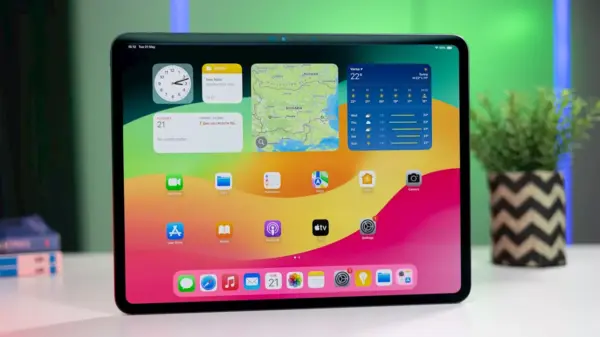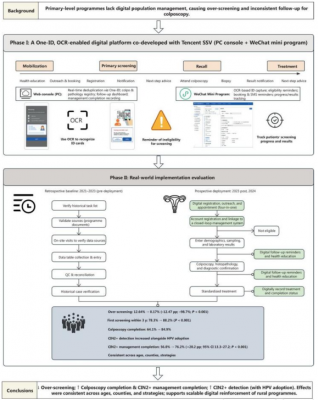Cervical cancer continues to be a significant contributor to preventable deaths among women, especially in rural and resource-limited regions. Recent evaluations of the digital “One-ID” platform, developed by the **Tencent Inclusive Health Lab**, reveal that this innovative tool improves both the detection and management of cervical cancer screening programs. By integrating advanced optical character recognition (**OCR**) technology, the platform aims to enhance the efficiency of population-based screening efforts.
The **One-ID** platform utilizes sophisticated algorithms to analyze and interpret screening data, allowing for quicker and more accurate assessments. This technological advancement is particularly crucial in areas where healthcare resources are scarce, as it enables healthcare providers to identify high-risk individuals more effectively. With cervical cancer being a leading cause of mortality in many countries, especially among underserved populations, this development represents a significant step forward in public health initiatives.
Improving Access and Accuracy in Screening
According to the World Health Organization, cervical cancer affects nearly **604,000 women** annually, leading to approximately **342,000** deaths worldwide. Many of these fatalities are preventable with timely screening and treatment. The **Tencent Inclusive Health Lab** has designed the **One-ID** platform to bridge the gap in access to essential healthcare services, particularly in rural settings where traditional screening methods may be underutilized.
The implementation of OCR technology allows for the automatic extraction of relevant patient data from various sources, including paper records and digital formats. This capability not only streamlines the screening process but also reduces the likelihood of human error. Additionally, the platform can facilitate remote consultations, providing healthcare professionals with the tools they need to deliver accurate diagnoses and treatment recommendations even from a distance.
The positive outcomes from initial trials of the **One-ID** platform indicate that its use can lead to a significant reduction in the overuse of unnecessary procedures. By focusing on data-driven insights, healthcare providers can prioritize patients who truly need intervention, thus optimizing resource allocation.
Future Implications for Women’s Health
As the global healthcare landscape continues to evolve, the integration of technology in medical practices is becoming increasingly vital. The **One-ID** platform stands as a testament to how innovation can transform health outcomes, particularly in women’s health. By addressing the specific challenges faced in rural areas, this technology not only improves screening rates but also empowers women to take charge of their health.
The potential for this platform to be scaled and adapted in various health systems worldwide could lead to a dramatic decrease in cervical cancer incidence. As more healthcare providers adopt such technologies, the hope is that the disparities in health outcomes will narrow, ensuring that all women, regardless of their geographical location, have access to the screening and care they need.
In summary, the **Tencent Inclusive Health Lab’s** **One-ID** platform represents a significant advancement in the fight against cervical cancer. By leveraging OCR technology, this initiative not only enhances the efficiency of screening programs but also paves the way for a future where early detection and intervention can save countless lives.








































































